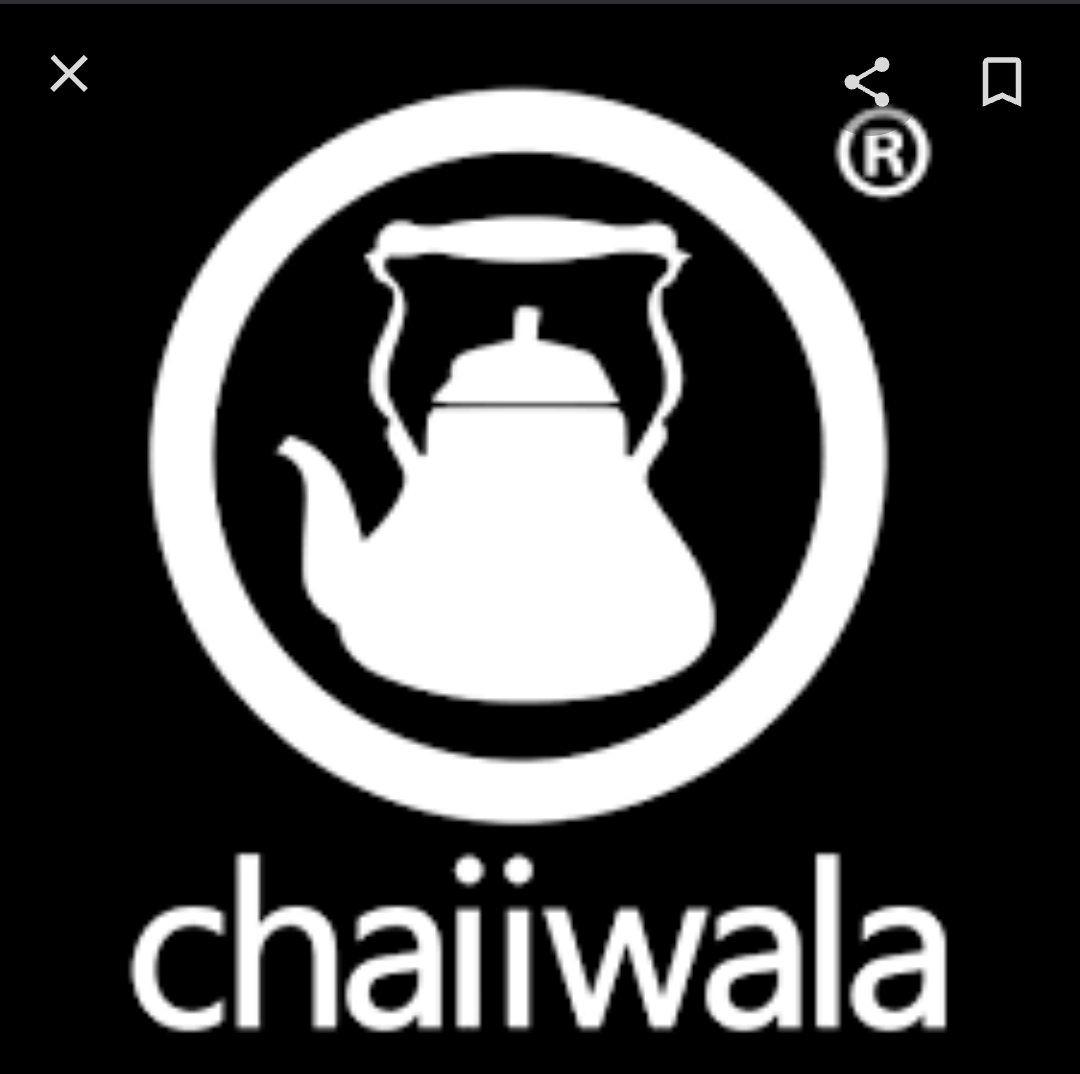Title Page
-
Site conducted
-
Conducted on
-
Prepared by
-
Location
Food Preparation
Food Preperation
-
Marinated meat trays prepared to specification.
-
All vegetables prepared in-store are cut to specification
-
Products portioned correctly to specification (try a bowl, quencher and a side).
-
Portion control measures followed accurately for all hot veg items
-
Chicken cooked and cut to specification.
-
Beef cooked and cut to specification.
-
All hot veg items cooked to specification (scales used)
-
Nourish bowls made correctly
-
Sesame oil dressed over salad when making bowls.
-
Cook to order items cooked and portioned to correct specification.
-
Only correct portioning utensils in use.
-
Sauces made to specification
-
Bao’s made to specification
-
Ssampbaps made to specification.
-
Quenchers made to specification
-
Hot latte’s made to specification
-
Superfood-latte's made to specification
-
Proteins drained sufficiently to ensure products are not soggy.
Observations - Team Member
-
Team members upselling drinks and add ons whilst taking orders.
-
Team members greet and thank customers and demonstrate fantastic customer service.
-
Team Members attentive and welcoming to customers
-
Team members demonstrate a sense of urgency.
-
Team members effectively distributed across stations.
-
Team communicating well to achieve efficient service.
-
Team members attentive to quality of all products
-
Team members demonstrate strong product knowledge.
-
Team member check on customer eating regularly.
-
Address customer with their name if possible once ticket name is taken.
-
Customer expectations managed
-
Staff making using of downtime by cleaning or prepping
-
Branded uniform worn at all times.
-
Team members do not eat, smoke, chew gum or drink behind the counter. All uniforms are covered whilst on breaks or cigarette breaks.
-
Team members apologise for any mistakes made and are aware of customer complaint handling process.
Operational Accuracy
-
Completed bowls checked for mistakes before bagging for handover.
-
Order receipts checked for correct items before handover to rider.
-
Receipts neatly stapled to the bag
-
Completed products stored correctly (hot bowls under heat lamp and quenchers in fridge)
-
All displayed in F&B manuals correct.
-
All products packaged correctly.
-
Orders make within 15 minutes of collection time.
-
Vita Mojo screens all used correctly eg. orders ticked of screen once complete
-
Quality control checks are regularly carried out
-
Drinks highlighted on receipt
-
Restaurant area clear of stock or other clutter
-
All ingredients available in store.
-
Check to see if there is enough veg prep.
-
Tickets highlighted correctly with add ons and exclusions.
-
Sauce bottles for dressing kept in fridge when not in use
-
Production line cleared of food crumbs regularly
Site
Site
-
All stores and shopping centre stores display approved opening times.
-
Only GK approved music playlists used (check soundtrack app).
-
All legal and safety posters are displayed and in date.
-
Selection of reading material available free of charge.
-
The latest GK Brand Standards criteria is displayed for the team to see.
-
All posters and point of sale are approved, up to date, in good condition and displayed correctly including all items price labelled.
-
The menu board is up to date with no hand made alterations and is clean and undamaged.
-
Tables cleared and chairs pushed back in frequently
-
Branded items are not visible to customers. eg. keeping a can of Coca-cola on FoH
-
Offers and promotion leaflets included in order bag when applicable.
-
All marketing initiatives are GK approved.







